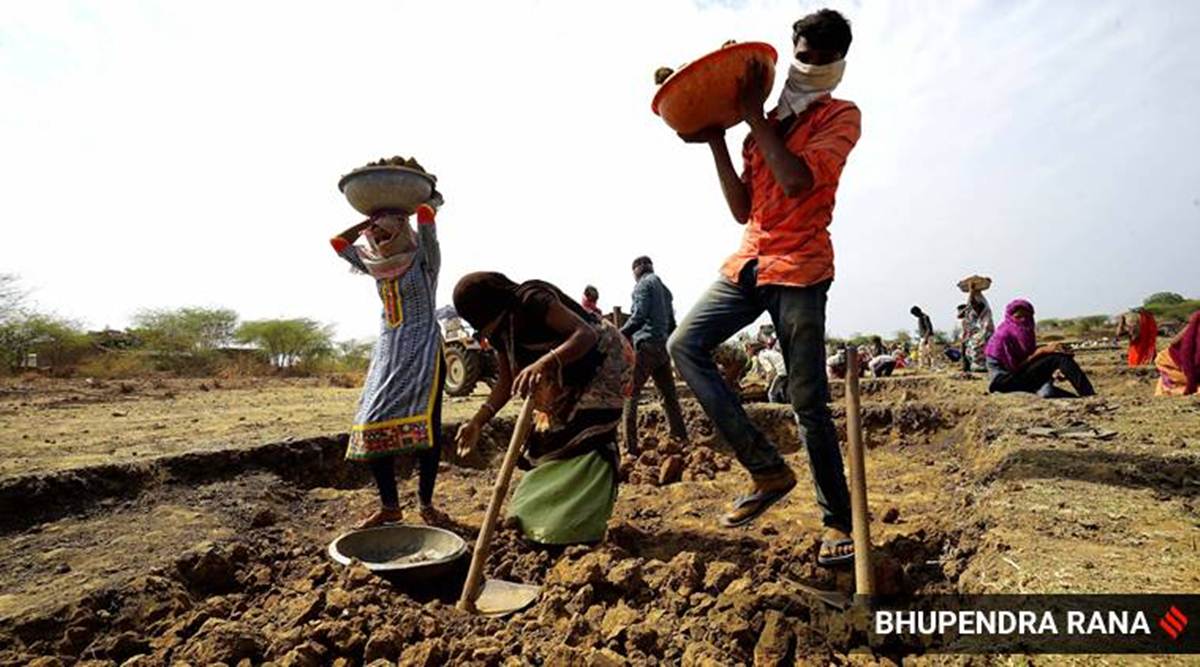 Overall number of households that availed work under MGNREGA has surged to all-time high this year. (File)
Overall number of households that availed work under MGNREGA has surged to all-time high this year. (File)At least 6.5 lakh households have already completed 100 days of employment under the Mahatma Gandhi National Rural Employment Act (MGNREGA) in five months of the current financial year.
Data available on the NREGA portal shows that out of 5.73 crore households that have availed work under the rural job guarantee scheme from April 1 to September 4 this year, 6.5 lakh have completed 100 days of employment.
This number is expected to rise soon as over 30 lakh households have completed 81-99 days of employment so far. The data also shows that about 19.58 lakh households have completed between 71 and 80 days of work.
In the last financial year, 5.48 crore households had availed of the scheme and 40.64 lakh households completed 100 days of work.
In the last six years, the number of households completing 100 days of employment under the scheme has been in the range of 24-52 lakh but it is expected to reach a new high during the current financial year.
The overall number of households that availed work under MGNREGA has already surged to an all-time high of 5.73 crore in just five months of the current financial year.
Under MGNREGA, every rural household, an adult member of which volunteers to do unskilled manual work, is entitled to at least 100 days of paid employment in a financial year.
While Section 3 (1) of MGNREGA provides for “not less than one hundred days” work per rural household in a financial year, it has become de facto upper limit as the NREGAsoft does not allow data entries for employment above 100 days to a household in a financial year unless specifically requested by the state or Union Territory.
However, in some cases the government allows 50 additional days of paid employment. For instance, every Scheduled Tribe household in a forest area is entitled to 150 days of employment, provided that such families have no other private property except for the land rights granted under the Forest Rights Act, 2016. Also, the government, under Section 3(4) of the MGNREGA can provide 50 additional 50 days of unskilled manual work in a financial year in rural areas where drought or any natural calamity has been notified. Maharashtra allows employment beyond 100 days under its own Employment Guarantee Scheme.
In the wake of the pandemic, there has been a demand for raising the 100-day employment limit. On June 17, during a video conference with Prime Minister Narendra Modi on Covid-19 response, JDU chief and Bihar Chief Minister Nitish Kumar demanded an increase in the number of workdays under MGNREGA from 100 to 200 in this financial year. The Congress, too, has urged the Centre to double the number of assured days of employment.
Nikhil Dey, an activist with Mazdoor Kishan Shakti Sangathan, says the number of minimum days work under the scheme should be increased to 200 per person in a year instead of 100 days per household this year.